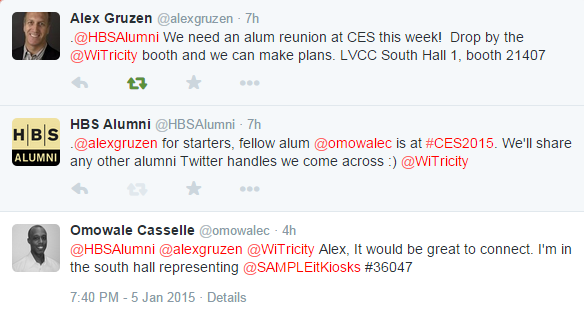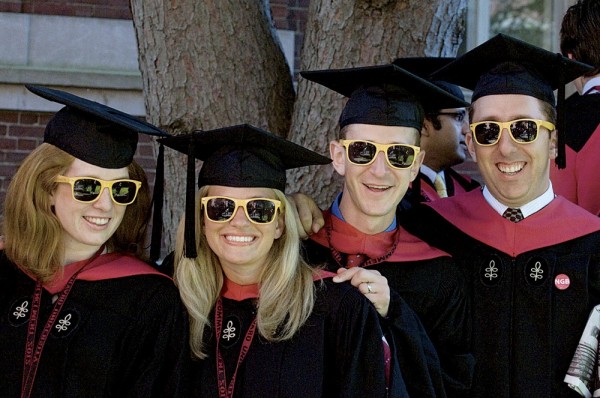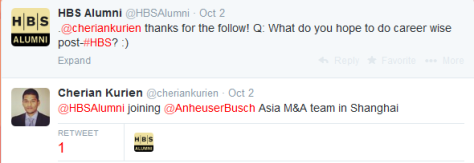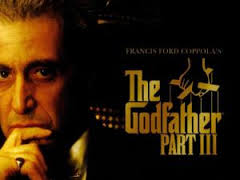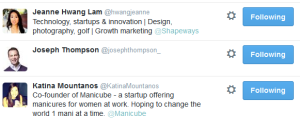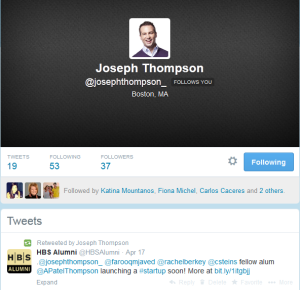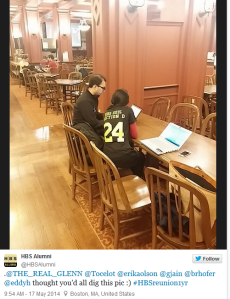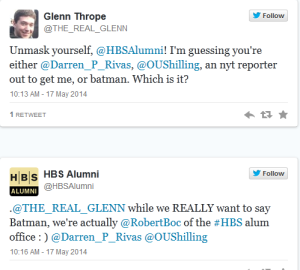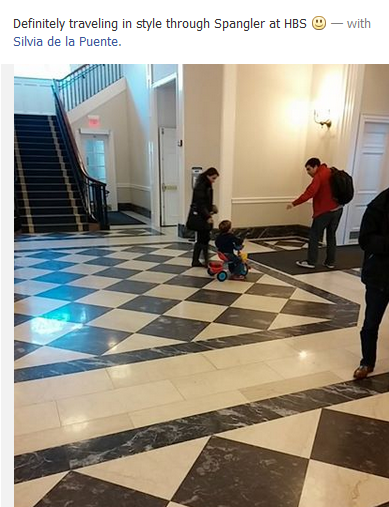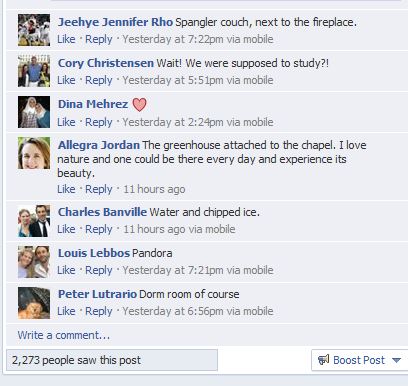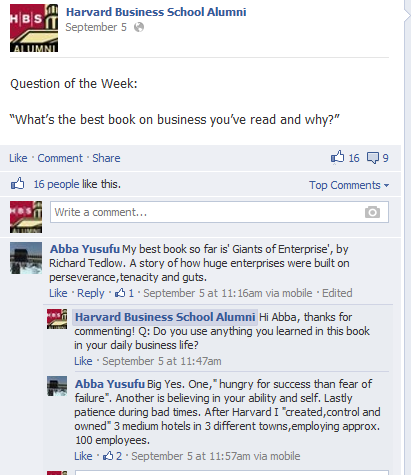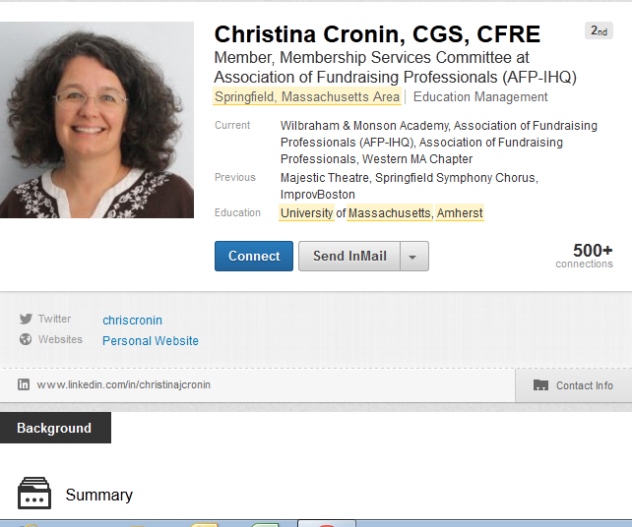Representin’ (Your Brand) on Social Media: Part 2…or What I Learned from the Great Snowman Challenge of 2014
I have been known, on occasion, to take things a little too far. Evidence of this can be found in my frequent use of movie quotes–lately, I’ve been asking my young son “Who throws a shoe, honestly?” whenever he tosses his footwear–and how I really get into character whenever my children and I play Project Runway (let’s just say I’ve sported a boa, sensible hat, and a fashionable, albeit snug, women’s jacket all in the name of fashion).
Therefore, when my wife, sister-in-law, and I decided to make marshmallow snowmen over the Christmas holiday it seemed only natural to suggest we have a contest. The concept was simple. We would each make our snowman–or “snowperson” if I was being politically correct–and then ask our friends, family, and colleagues to vote for their favorite via Facebook and Twitter. The snowman who received the most votes would be the winner and the person who crafted the winning selection–my wife, sister-in-law, or me–would have their “angel” placed atop the family Christmas Tree.*
My contribution was “Jim” and going into the contest I believed my prospects of winning were good.
Boy, was I wrong.
The final tally was “Earmuff” 30 votes, “Brunchie” 20 votes, and “Jim”….6 votes. Curious as to why people voted the way they did, I asked my colleagues on Twitter to share their thoughts.
Here’s what they had to say, um, tweet.
Still, I was perplexed as to why my offering fared so poorly. Looking beyond the craftsmanship or lack thereof of “Jim”–after all, Ann Handley may have been spot on that my snowman was “sad”–I soon realized that I made some tactical errors. My individual lapses, coincidentally, are some of sames ones social media managers make when it comes to brand representation and in this post I’ll share some of my missteps and how they can be avoided.
What’s in a Name?
I’m not sure how it began. It may have started with the character “Jim” from The Office or the original captain of the Enterprise, James Tiberius “Jim” Kirk. Either way, at some point I started substituting this one syllable name into casual conversation. For example, when my daughter and I would talk about getting a dog I’d say, “You know what would be a good name?” and my daughter would reply, “I know…Jim.” So, when I was thinking about names for my snowman, I thought “Jim” would be perfect and that voters would feel the same.
Nothing could have been further from the truth.
I had made a critical error, one that many social media managers make when representing their brands.
I didn’t take my audience–in this case, the voters–into account.
This is something I never would have done in my role as social media manager for the Harvard Business School’s (HBS) alumni office. My social media approach, particularly on Twitter and Facebook, is completely audience driven. Each day, I try to bring together alumni with common interests and share web content with classmates of specific graduates. The goal is always the same: to provoke some kind of response, whether it be a clickthrough to an article or a reply to a tweet.
Below are a few recent examples of this approach in action.
A)
B)
Granted, it took some time to come to this social media strategy of direct, high touch engagement and understanding what our alumni on social media were most likely to respond to.
This is an approach I didn’t take with the snowman contest. If I had taken a step back and thought about my audience–which was a cross section of family, friends, and business colleagues–I may have gone with a different name, one more appropriate to the situation (i.e., the holiday season). Looking back, it would have been interesting to see what would have happened if I had gone with “Snowball” or “Jingle” instead of “Jim.”
(The takeaway for brand managers are: 1) Just because you think something is cool doesn’t mean anyone else will and 2) ALWAYS take your audience into account–and what they may be interested in–when pushing out social media content.)
Mind Your Competition
Another critical mistake I made was ignoring my competition (i.e., my wife and sister-in-law). Along with disregarding what they were naming their snowmen–which may have put me at a competitive disadvantage–I also didn’t look at my snowman looked compared to theirs. As you can see, my submission lacks–especially around the midsection–many of the features of Brunchie and Earmuff. For example, my wife and sister-in-law included colorful buttons on their snowmen. I just dabbed on some frosting in the same area.
Disregarding your competition is another common error. While I don’t check in on our competition every day, I do try to “take a peek” on what they are doing on a fairly regular basis since HBS is competing with ALL the other brands–especially other higher education institutions–that our alumni are following on Twitter and Facebook. If our competitors are doing something different and gaining traction with our shared audience, we need to know about it so we can adapt and modify our approach if necessary.
And in the end, I’ve found that ignoring your competition–like naming a snowman “Jim”–is NEVER a good idea.
Was this post helpful? Is there anything I missed? Please share your thoughts in the comments section.
Robert Bochnak manages social media for the Harvard Business School’s alumni office. He’s also the former writer and editor of GradMatters: The Blog for Tufts GSAS.
Follow Robert on Twitter at https://twitter.com/RobertBoc.
*As children, my wife and sister-in-laws made Christmas angels as part of a class assignment. The angels are decades old and each year one is placed on top of the tree. For our first annual snowman contest, I “played” for my sister-in-law, Pia, who was unable to join us since she was performing in The Lion King on Broadway in New York.
Read my post, “Representin’ (Your Brand) on Social Media: Part 1” at https://www.linkedin.com/pulse/20140801134139-38520837-representin-your-brand-on-social-media?trk=mp-reader-card







